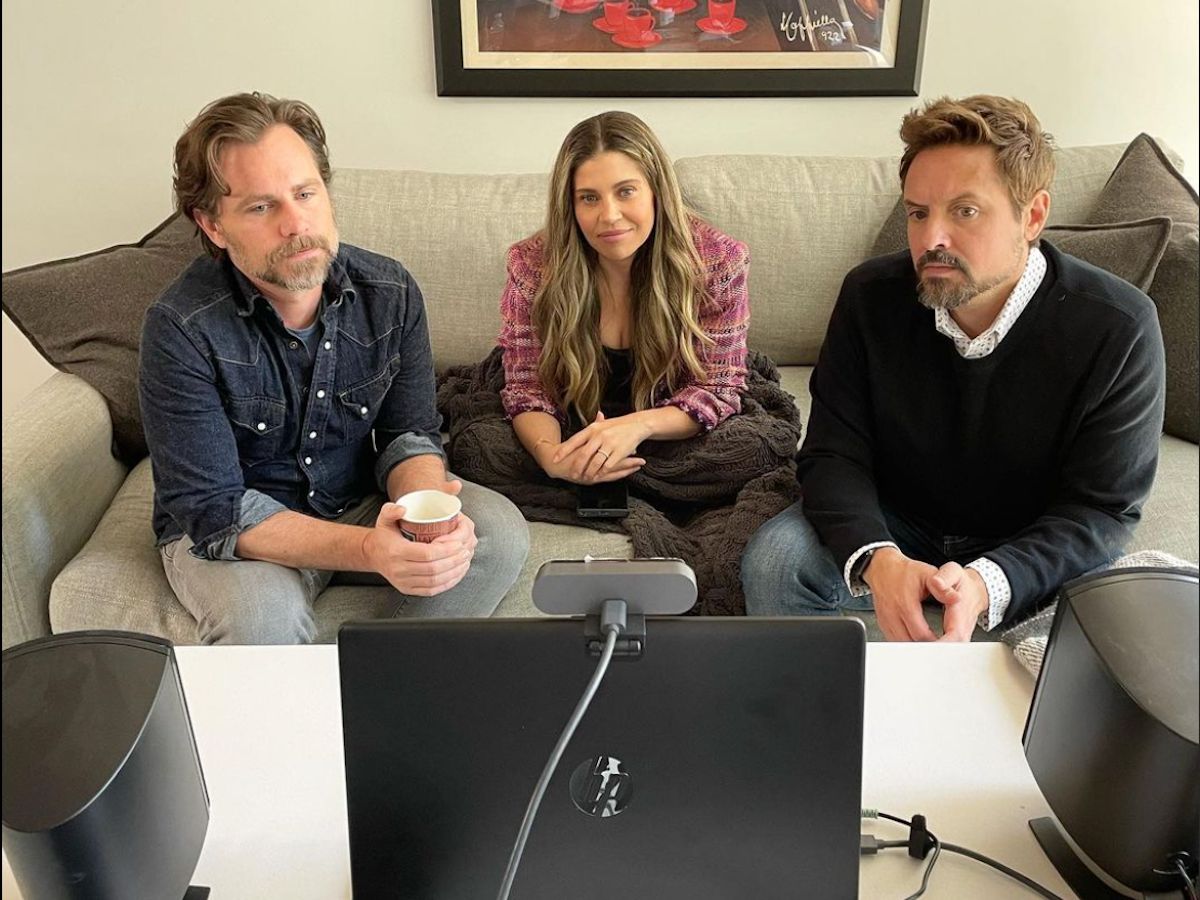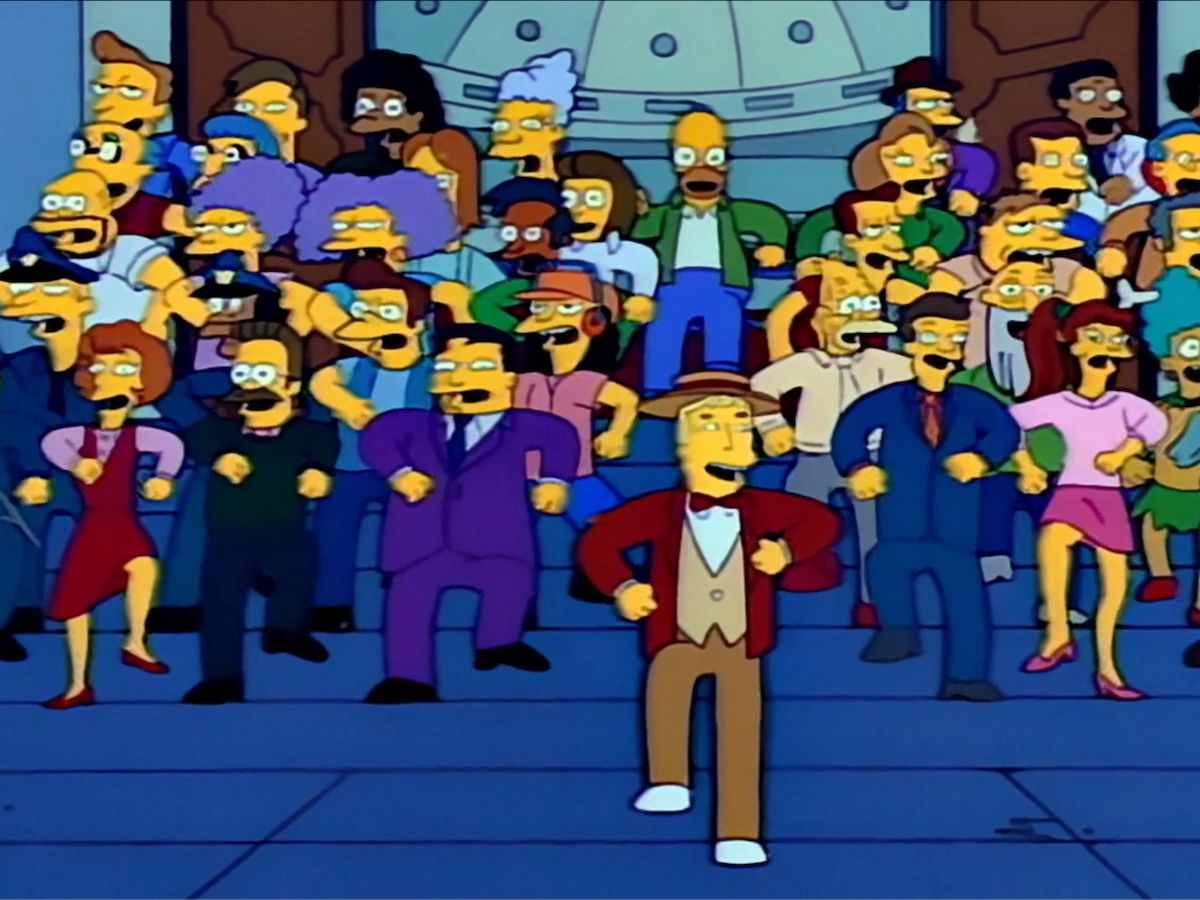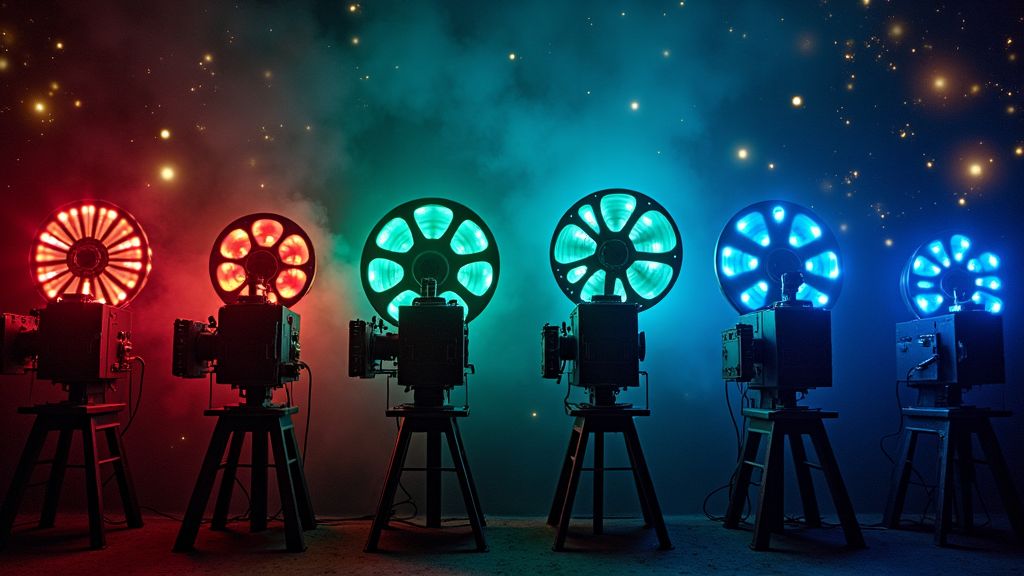The Role of Visual Storytelling in Silent Films
Silent films hold a special place in the history of cinema, representing a time when storytelling relied heavily on visual cues and expressions rather than dialogue. Visual storytelling in silent films played a crucial role in captivating audiences and conveying emotions without the use of sound. In this article, we will explore the significance of visual storytelling in silent films and its impact on the evolution of filmmaking.
The Early Days of Silent Cinema
Silent films first emerged in the late 19th century, with pioneers like Georges Méliès and the Lumière Brothers making significant contributions to the art form. These early filmmakers relied on visuals, music, and intertitles to tell stories on screen. The absence of spoken dialogue forced filmmakers to find creative ways to convey plot points and emotions through visual cues such as facial expressions, body language, and camera movements.
The Rise of Visual Storytelling
As silent cinema evolved, filmmakers began to experiment with different visual techniques to enhance storytelling. German Expressionism, for example, used dramatic lighting, distorted sets, and exaggerated performances to create a sense of unease and tension in films like The Cabinet of Dr. Caligari. Meanwhile, Soviet filmmakers like Sergei Eisenstein pioneered montage editing, using rapid cuts to convey complex ideas and emotions in films such as Battleship Potemkin.
The Impact on Modern Filmmaking
The techniques and innovations developed during the silent film era continue to influence modern filmmaking. Directors like Alfred Hitchcock and Stanley Kubrick have cited silent films as a major source of inspiration for their work. The emphasis on visual storytelling in silent films has also shaped the way contemporary filmmakers approach cinematography, editing, and production design. Even in the age of digital effects and surround sound, the power of visual storytelling remains a cornerstone of cinematic storytelling.
Capturing Iconic Moments in Silent Cinema
Photography plays an essential role in preserving and celebrating the legacy of silent cinema. Iconic stills from classic films like *Metropolis* and *Nosferatu* have become symbols of the era, capturing the expressive performances and groundbreaking visuals that defined silent film. These photographs showcase the intricacies of early set design, costume, and makeup, allowing modern audiences to appreciate the artistry that went into each frame even when the original films are no longer accessible.
Documenting Behind-the-Scenes Creativity
Behind-the-scenes photography from silent film productions offers a fascinating glimpse into the creative processes of early filmmakers. Photos of directors, cinematographers, and actors at work reveal the elaborate setups and innovative techniques used to achieve the era’s iconic imagery. These images also capture the collaborative spirit of silent film, showcasing the actors’ dedication to conveying emotion without dialogue and the technical ingenuity of crews working with limited resources.
Photographic Archives and Restoration Efforts
With many silent films lost to time, photographic archives play a crucial role in preserving what remains of this influential era. Restoration efforts often rely on photographic stills to piece together lost scenes, reconstructing parts of a film’s visual narrative. Organizations like the Library of Congress and film preservation societies curate extensive collections of silent film photographs, ensuring that the visual legacy of these films remains accessible to future generations.
The Enduring Appeal of Silent Film Imagery
The striking imagery of silent films has an enduring appeal that resonates even in today’s digital age. Photographs of iconic scenes, such as Charlie Chaplin’s *The Tramp* or Harold Lloyd dangling from a clock in *Safety Last!*, continue to inspire artists, photographers, and filmmakers. These images represent the timeless nature of visual storytelling and the universal language of cinema, reminding us of the power of an image to convey emotion, humor, and drama without a single word spoken.
Silent Film in Modern Photography
Modern photographers often draw inspiration from the stylized aesthetics of silent films, incorporating elements such as high-contrast lighting, dramatic shadows, and expressive poses into their work. The influence of silent cinema can be seen in fashion photography, portraiture, and editorial spreads, where photographers use visual techniques to evoke the same emotive power found in early film stills. By channeling silent film aesthetics, contemporary photographers pay homage to the era that established visual storytelling as a central art form.













